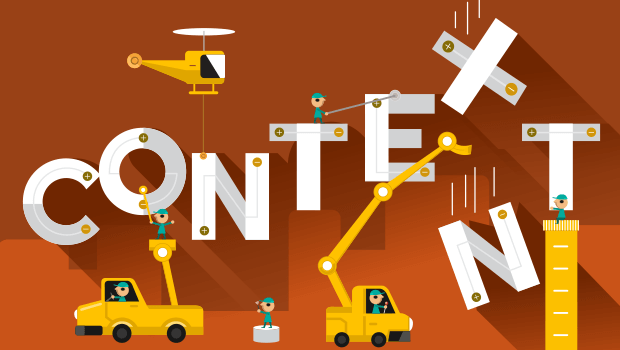
Organizacional Culture: Complexity, Stories and the Path to Better Decision Making
When we face a group or organization, a collective that carry their stories and ways of making decisions, how do we understand and evaluate current results and redirect for different results?
One complex emergent factors when relating to a group of people is the culture that is created to sustain their relations. How to understand and be conscious of that culture? How to identify which decisions are recurring and maintained that eventually trap the collective into an unsustainable state? How to possibly steer to another direction?
It is not possible to work with culture based purely in analytical ways. Searching known practices of the past overlooks the property of culture recreating itself on every day choices.
In order to work with culture while acknowledging its complexity, there are three tenets that are supportive to go beyond comparing to the past:
- Contextualised Content
- Disintermediation
- Collective Judgement
Those three tenets will support developing the assumption of this approach which is to investigate how we are making the decisions we are making in the moment we make them.
That does not through away analysis and hypothesis, since we also reflect to understand the past decisions we are sustaining with the current one and why. By focusing in what decisions we are using to base our current choices, we can choose and act better in the future.
In order to surface current decisions in a culture, we ask for stories that are alive in an organisation, but do so following the three tenets below.
Contextualised Content
Do you remember that story that made sense when told in a party but did not have the same effect on your business meeting? Or the joke that is just not funny when you cross the border?
Every text has its container, its context. Stories work the same way. To collect stories and register them off context makes them either vague or transformed into something else by the listener who carries in himself a different context.
One strategy to separate text and context is to create a concept, an abstraction. Have you ever heard about Ubuntu or Ikigai, for example?
How many organisations carry the same concept described in a different form? What do they really mean in context?
This also happens when we transform our daily experiences into an abstract representation using a list of values, basic needs or archetypes.
Abstraction can be valid and representative, but if created by one and interpreted by others stripped of context, it’s common that narratives are normalised and therefore loose their originality together to the weak signals that make them unique and powerful for the original environment.
Disintermediation
The proverb says: “tale never loses in the telling”, which the Oxford Dictionary of Proverbs explains: “A story is very often exaggerated or embellished by the people who tell it”.
Disintermediation is to work to exclude the interpretation by a middleman, to get the narratives and the data associated with them directly form the teller to the relevant decision maker.
In order to exclude the middleman, instead of having someone interpreting narratives and its patterns, we invite the tellers themselves to interpret their own stories publicly.
In this process we withdraw the filter of whom did not live the tale and preserve the story so it can be judged directly from the source.
One common way to intermediate is to create an abstraction, like mentioned above. Another is the side effect of hierarchy, where in many cases the information is chewed by one and then eaten by the decision maker, something that might be effective when analyzing P&L, but not so much in matters of understanding culture. When decision makers are far from the source, a known sentence emerges in the corridors: “they don’t know how things really work here”.
Collective Judgement
Besides retiring out middleman, there is always a need to carefully look to out inside man. This is to look inside ourselves, our interpretative lenses that can challenge us. How can we protect ourselves from the common tendency of judging the way we always judge?
One way to work this tendency, specially when in a collective space like an organization, is to open spaces to allow matters to be collective judged.
Our goal here, facing the stories we have collected from organizations and communities, is to them judge more and not less. Here is not about suspending judgement, but quite the opposite, to twist them together embracing more views.
Judgements are richer when intertwined by the people who carry relevant context for decision making, allowing broader options for future steps.
Better Decisions
Organizational culture is about complex decision making in a collective environment. To relate to cultural phenomena, projects should be interpretative by nature and not purely analytical, bringing stories rather than concepts; should be interpreted by the source of stories so weak signals are not filtered out; and finally should allow for intertwined interpretations, an encounter of many judgements rather than a single one.
This conversational approach might not have been practical in the past due to our inability to structure productive collective conversations, so the only option was to divide and conquer. This is not the case anymore: we can have better, more complete and more collectively owned judgement of organizational culture by approaching it in conversation.